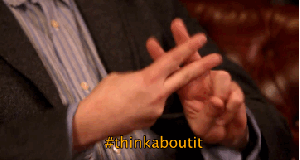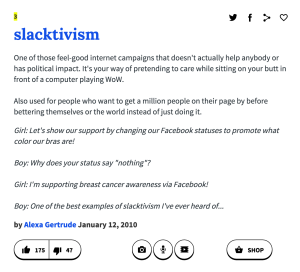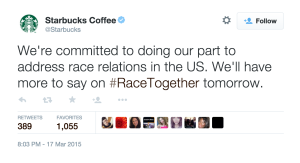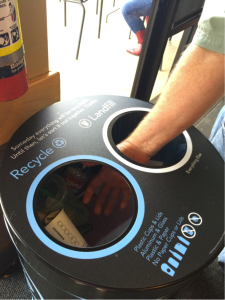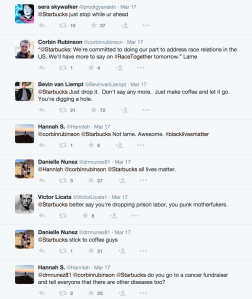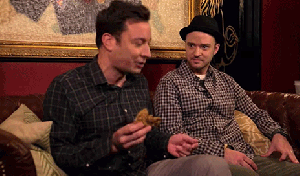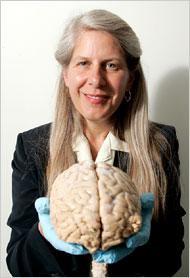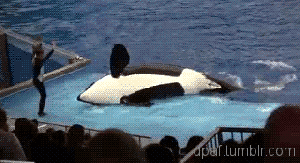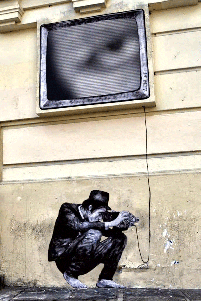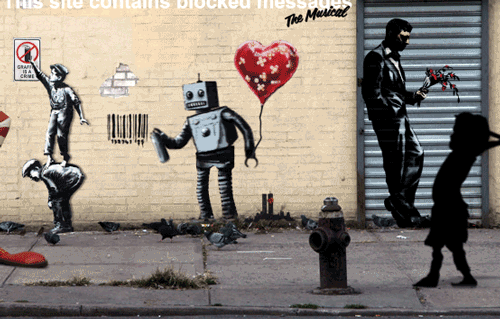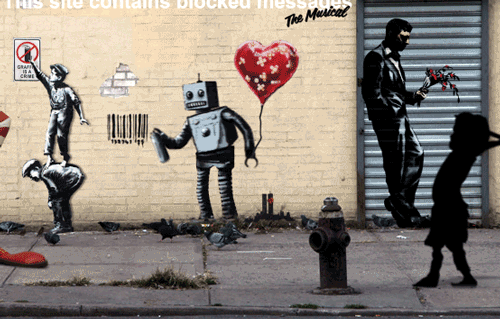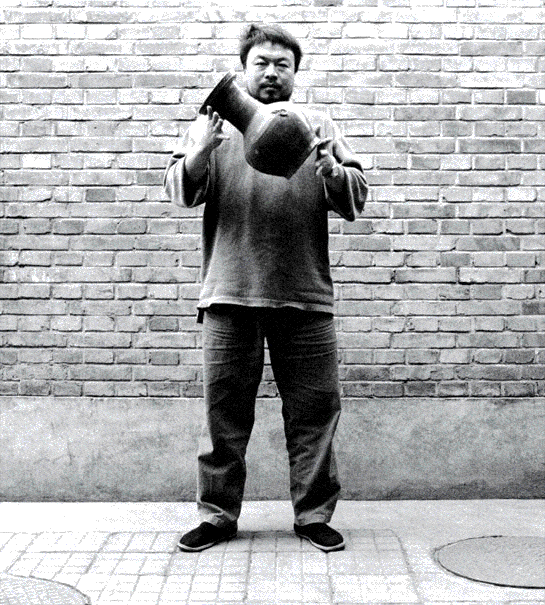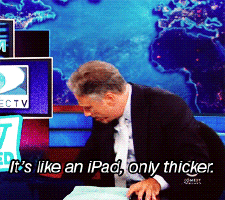“The #Hash Reality about Slacktivism”
When I first came across “slacktivism” later in the semester, I was puzzled. What does this exactly mean? Yes, there are several thoughts and opinions regarding the meaning of the word, but where was the legal definition and analysis?
Well fret no more! Dictionary.com just added several new trending terms and phrases. Some argue that Dictionary.com may not be 100% legitimate, in which I have to agree, but it’s a start, and a surprising movement to say the least. But the truly amazing thing is that companies are keeping keen focus on the trending hashtags and digital discussions that expand internationally. Bustle
Several companies have struggled with the way in which to exactly approach global issues and conversations not only for marketing purposes, but also to strengthen the customer relations. Organizational brands like Starbucks, Apple, Microsoft, Google, Patagonia, Nike, and Ikea to name a few are physically inserting themselves into the conversation. PR Week describes these organizational brands to be companies that solely focus on identity and purpose–“who is behind it and why it matters.” These companies are huge corporations who have a massive digital and physical following that actively analyzes their behaviors and actions. This strong following is truly immaculate. Users have developed such a kinship with certain brands over the years, and result in die-hard salesmen for a specific product. For example, what’s truly amazing is how many people were waitlisted for the release of the Apple Watch. Had anyone seen the physical product? No, (Other than Beyoncé and Karl Lagerfeld, among the few, who had been gifted the solid gold, custom style of the Apple Watch). Harper’s Bazaar Both celebs posted photos to Instagram about their new gift, days before the release.
I can say that I’m not exactly surprised of this premature release – especially to popular celebrities. Apple gets three gold stars for this marketing and sales initiative. They have recognized the value of celebrities, and how they can connect their product with this physical value. Celebrities sell–whether it is fashion, products, media, or hashtags–they have a dramatic influence on the public and their sense and urgency of wants (and I’m not talking about needs).
Let’s move forward to talk about the level of power that a single hashtag possesses. There’s a long list of positive outcomes from hashtags. First, they engage people across widely spread channels with one specific idea, thought, quote, or interest. They are incredibly successful in grouping people together. Within the last few years, a large purpose for the hashtag is for platform campaigning as well as supporting cultural events. The role of the hashtag has dramatically changed in recent years. Now, it is a symbol for change, for movement, and showing support for a specific issue or topic. Don’t go start doodling hashtag love all over your notebooks quite yet. Here comes the dark side of hashtags and the public’s perspective: yes, hashtags can be such a useful tool for cultivating ideas and bringing people together, but they can also be used as the lazy man’s effort for activism. The campaigns capture the media and public’s attention and work to create the conversation and dialogue. There’s a level of psychology behind the hashtag. Several users think to themselves: “Oh, I went out of my way to film someone throwing some ice water on my back and hash-tagged ‘IceBucketChallenge’ in order to spread awareness – so easy – and I feel good about myself.”
No. This is a true example of the uninformed user. The user in which doesn’t take the time to read the news to understand why this hashtag has appeared in their Instagram or Facebook Newsfeed. In turn, the whole movement and hopeful outcome of the hashtag campaign is shot-down.
I noticed several users in my network of friends failing to realize the true reason for the campaign–to help raise awareness and support for the ASL Association. This is the moment in which you realize that users may be spending more money on materials–the ice, bucket, and a camera crew–instead of actually challenging others to be engaged in the movement in order to directly support the ALS Association.
Users feel this sense of satisfaction after “clicking-to-support” a cause on social media. This is exactly the opposite of what they should feel. Yes, they should be actively engaging via hashtags to stay at the center of the conversation, but this is only the first step. The next step is to take iniative! The solution is often forgotten in this process. There can be a desired outcome after a Tweet or FaceBook post, but ultimately no real change has occurred.
I reviewed the latest efforts of one of the major organizational brands that I discussed prior: Starbucks.There is a lot of pressure against these mega brands, directly from its customers, and directly from the Millennial generation. Millennials are very judgmental and hesitant in their actions. They prefer the “mom and pop” style shops, so to say, versus the corporate giants like Starbucks. This makes Starbucks’ marketing efforts even more challenging. I have to agree that they have an outstanding marketing structure that is focused on informing, rather than selling.
Starbucks has successfully identified the weak spots and the gaps in their efforts, and worked to improve them by going digitally where customers hang out. I think what was most interesting in this is that they post slightly different content across channels. Starbucks’ Pinterest account is more intimate, feeling like a customer’s personal set of resources for gifts, home, friends, etc. The main goal for their Twitter account is to service customer feedback. They spend hours a day going through complaints and praises in order to ensure customer satisfaction and loyalty.
These mega brands also struggle with CSR strategies. Like Starbucks–who brands themselves around fair trade, sustainability, and coffee beans–organizational brands are having more of a voice against global issues. They are working to instigate conversations and actions–essentially using their national footprint for good. Especially within Starbucks, there has been a lot of debate around the legitimacy and trust of Starbucks’ efforts. They are the queens and kings of using catchy promotions and empty promises to promote their brand, however get caught up in the face of irony. Starbucks has been directly accused of “greenwashing” on several accounts with different efforts and products that they sell.
This conversation receives global attention because of one powerful thing (among others)–the hashtag. Because of this immediate conversation, brands like this should be aware of every single footprint they make, careful of veering into the realm of negative associations.
Update 4/30/15: “Starbucks Stops Selling Drought Water” Source
This update is proof of how influential online discussions can be on the structure of a brand’s strategic management plan.
I think that this is a major issue, especially in the heat of all of the overlapping hashtag campaigns such as #blacklivesmatter, #racematters, the violence in Baltimore, and shootings in Missouri. Starbucks initiated a #RaceTogether campaign in which baristas wrote hashtags on customer’s drinks in order to encourage the discussion. This received both positive and negative feedback from both ends of the spectrum. Several customers were outraged in the fact that baristas didn’t possess the knowledge or the care to discuss these issues, and some viewed it solely as a marketing and PR advantage.
In my opinion, this was very strategic because they were taking a stance, and keeping both the current issues and their brand at the center of the conversation. However what they failed on was the next step: taking the initiative. After receiving negative feedback, they immediately stopped and stopped pursuing the campaign in several areas around the world. A true example of #slacktivism.
People need to focus more on the longevity of the issue in order to make a difference, to make a change. There is an incredible amount of potential here, but it is often lost after a single hashtag message. Hashtags have become a massive symbol for campaigning and promoting Free Speech, so why not push it to its potential and push for real, tangible change. There needs to be a sustaining attention to the issue in order to keep the awareness and engagement circling, thus getting even more support, ad hopefully leading to brighter futures.
OTHER SOURCES
http://www.newsweek.com/why-companies-are-driving-social-change-327258
http://www.socialmediatoday.com/content/how-starbucks-crushes-it-social-media
https://www.linkedin.com/pulse/20141112163710-200769548-starbucks-killer-social-media-strategy

